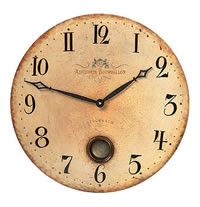
Most any author you know will complain about not having time enough to write. I am no different, but today, I want to discuss productive ways to procrastinate!
See, if you are being creative–even if you’re not creating right at this very minute–I believe your brain is working on your WIP, or getting you geared up to balance the budget, or help your kids with their homework, or finish that report, or whatever it is your mind needs to concentrate on next. So I present some tried-and-true sure-fire time-wasters, as well as some new ones you might not have known about.
1. Check email. Because someone legitimate might have decided to offer you a million dollars in the last ten seconds.
2. Visit your news site of choice: Mine is the Huffington Post (’cause I’m a Proud Liberal; your causes may vary).
3. Free Rice: This site is a vocabulary test that donates ten grains of rice for every word you get right.
4. Mind Habits: This site provides mind games to “reduce stress and build self-confidence.”
5. Your library, to check how your request list is shaping up (I’m 42nd in line to get 300, Diane!)
6. Go Fug Yourself: Plenty to mock.
7. The “Blog” of “Unnecessary” Quotation Marks: If you’re a word and grammar person, this is punctuation porn.
8. Hello Kitty Hell: Just in case you ever think you have a small obsession with your books, check these people out. Even Amanda isn’t this nutty about HK! (Are you, Amanda?)
9. Amazon. You never know when you might see that ohmylord my favorite author has a new book coming out! Must get!
10. Clive, Orlando, Gerard, Jeremy Northam, some nude statue Janet saw, Elena, ‘fess up who’s your secret crush, Sean Bean, Takeshi Kaneshiro, etc., etc. ad abdomen.
So–what’s your favorite way to procrastinate?












